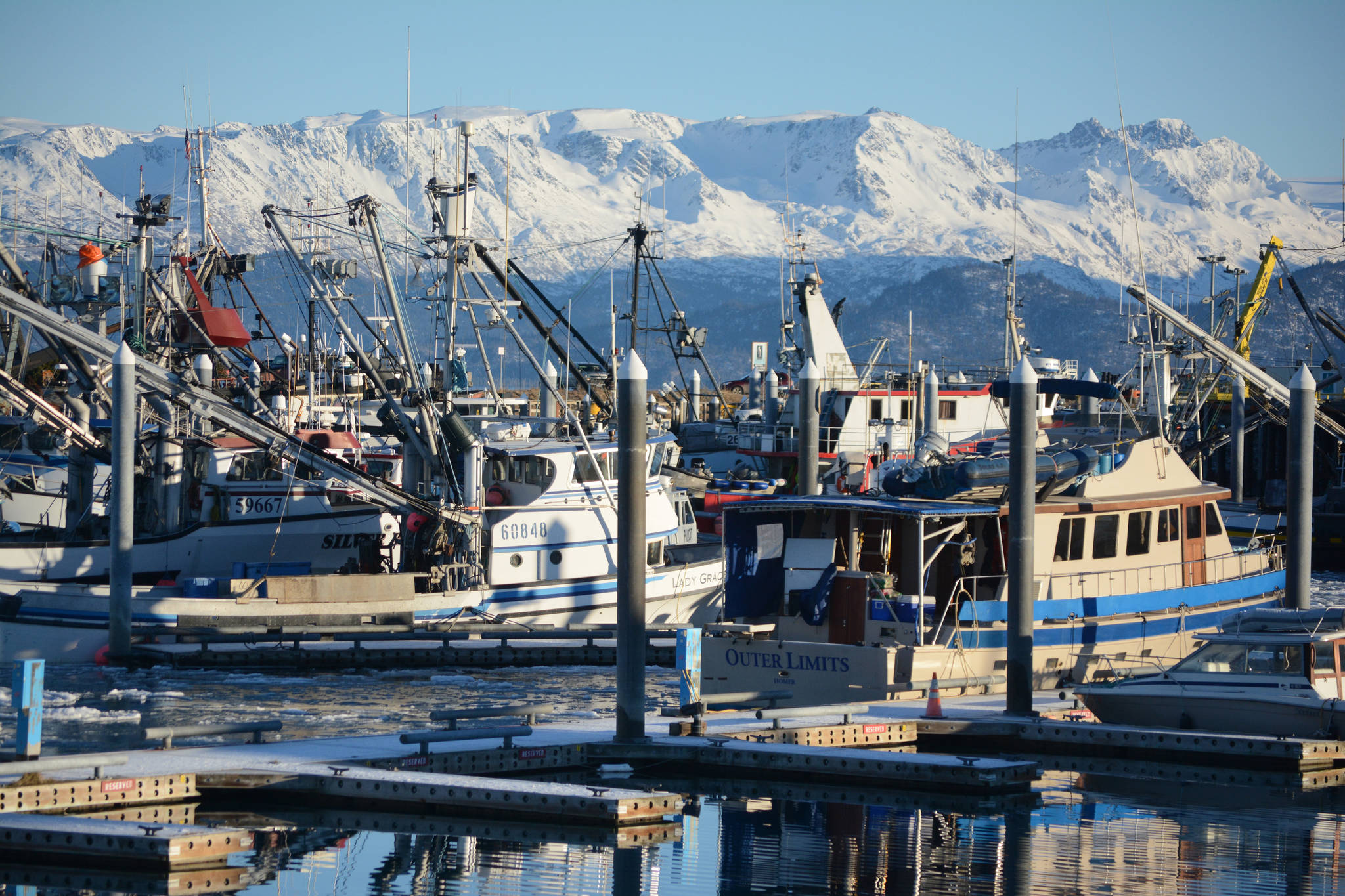U.S. Secretary of Commerce Gina M. Raimondo announced that eight fisheries, from salmon to cod to Tanner crab, qualified for disaster declarations requested by Gov. Mike Dunleavy. The fisheries occurred from 2018 to 2021 across the state.
“Helping communities to bounce back from the impacts of fishery disasters is essential, and we are working to ensure there is relief coming for impacted Alaskans,” said Raimondo. “Disasters like these, which impact multiple fisheries across Alaska, illustrate how vital sustainable fisheries are to our economy at not only the local level, but for the economic health of our nation’s blue economy.”
The secretary found that the following fisheries met the requirements for a fishery disaster determination: Upper Cook Inlet East Side Set Net (2018) and Upper Cook Inlet salmon fisheries (2020); Copper River Chinook and sockeye salmon fisheries (2018); Prince William Sound salmon fisheries (2020); Copper River Chinook, sockeye and chum salmon fisheries (2020); Eastern Bering Sea Tanner crab (2019/2020); Pacific cod in the Gulf of Alaska (2020); Alaska Norton Sound, Yukon River, Chignik, Kuskokwim River, and Southeast Alaska salmon fisheries (2020); Yukon River salmon fishery (2021).
The year that the drift fleet qualified for disaster saw a catch of only 1.2 million sockeye and an ex-vessel value of $5.2 million spread among over 1,000 permit holders, including the setnet fleet.
David Martin, president of United Cook Inlet Drift Association, said he welcomed the inclusion of Upper Cook Inlet in the disaster declaration, but he isn’t holding his breath on the help coming any time soon.
“It took two years for them to even say it was a disaster,” he said. “The government doesn’t move too fast with disasters.”
“You either go broke or hang on by the skin of your teeth from some other source before the disaster (money) helps out.”
He said UCIDA initiated the disaster declaration for Upper Cook Inlet by taking the request to Kenai Peninsula Borough Mayor Charlie Pierce, who forwarded it to the governor, who left it unsigned for almost a year.
He added that it seems that with other fisheries disaster declarations, it has taken four or five years before any relief comes.
He likened it to the Exxon Valdez settlement that was 20 years in the making, during which time a relatively large number of claimants died before seeing anything come of it.
Some of the fisheries in the declaration are already four years past the disaster.
In a press statement, Congressman Don Young said, “Our state’s fisheries are a central part of our economy and way of life, particularly for Alaska Natives who have harvested fish from our waters for millennia. The past couple of years have been tough for Alaska’s fisheries, causing immense pain for our hardworking fishing communities. (This) news from the Department of Commerce is a bright spot for our fishermen, processors, and others who rely on a strong and vibrant seafood sector. I want to thank Secretary (of Commerce Gina) Raimondo for declaring a fisheries disaster and working with the Alaska Delegation to invest this critical relief in our state. In Congress, I will continue standing up for commercial, subsistence, and recreational fishing across Alaska.”
Cristy Fry can be reached at realist468@gmail.com



